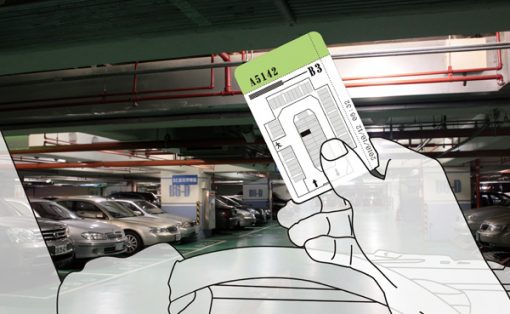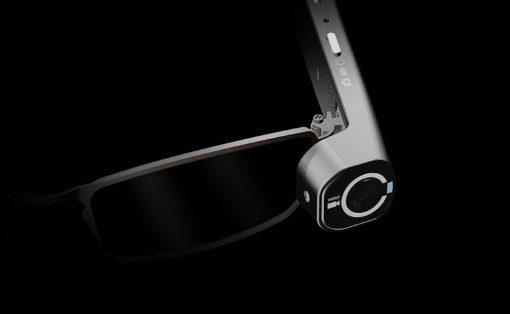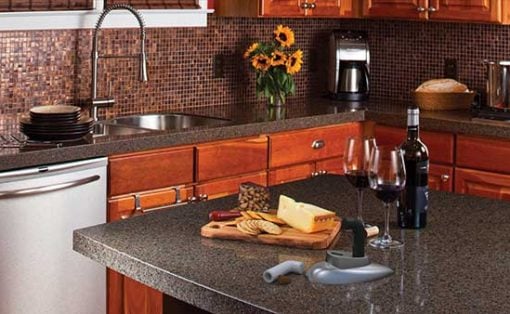
When it comes to robots, there is a sense of wonder and fear that enters our minds. Given the job losses happening in the world and the speed at which technology is evolving, the only way we can progress is if we embrace technology and its advancement and make them our sidekicks! The designs showcased here today are great examples of the advancement in robotic technology and how they play pivotal roles in our lives – from being a faithful pet to you to repairing your luxury cars, these are assistant’s designed to improve your life!
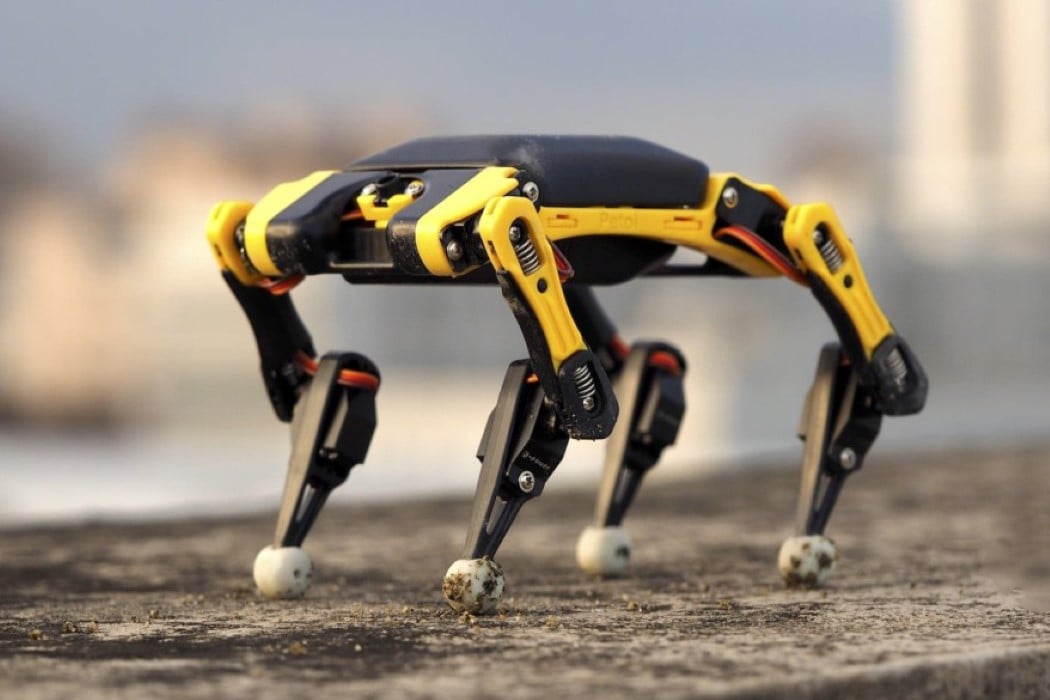

Meet the Bittle by Rongzhong Li, and if it looks vaguely familiar, it’s because it most certainly is. Modeled on the design of the popular Boston Dynamics robot dog, Spot, the Bittle features a similar design + color scheme, and crushes the notion that an old dog can’t learn new tricks because Bittle runs entirely on Arduino, and can be quite literally programmed to do all sorts of things! You can either look at Bittle as a STEM project for your child, or a really interesting toy for adults to play and tinker with. The robot comes with a plastic body that doesn’t take long to assemble and features a modular body, which means you can either build the Bittle without a head or tail (sort of like Boston Dynamics’ Spot) or add them on for good measure and make your toy look more playful and less creepy.
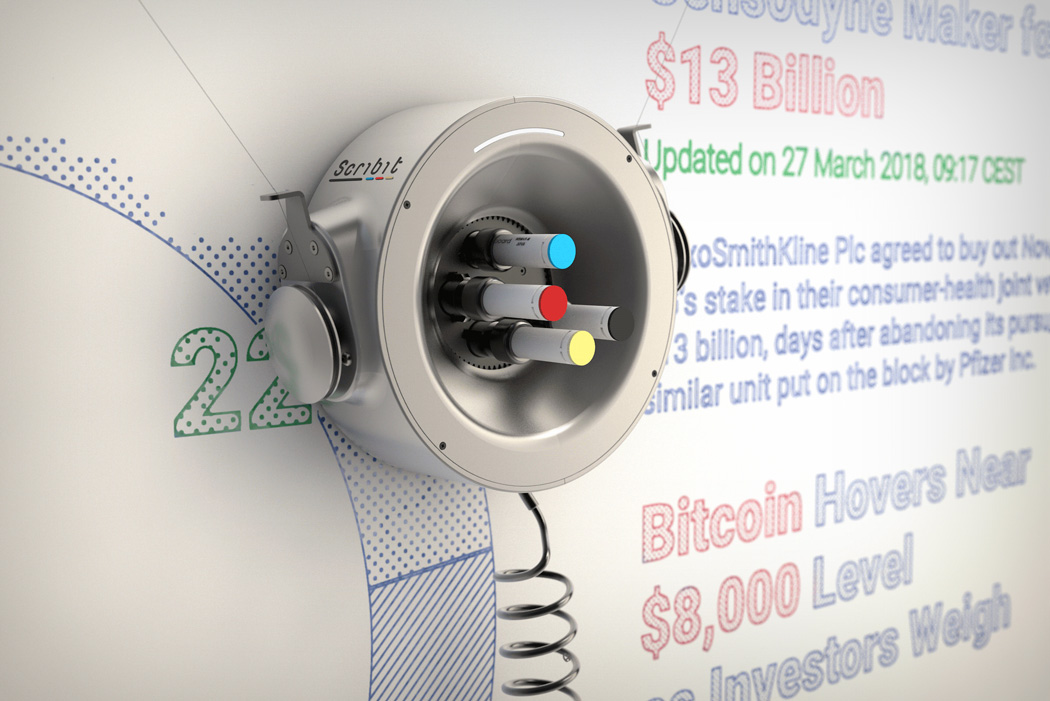
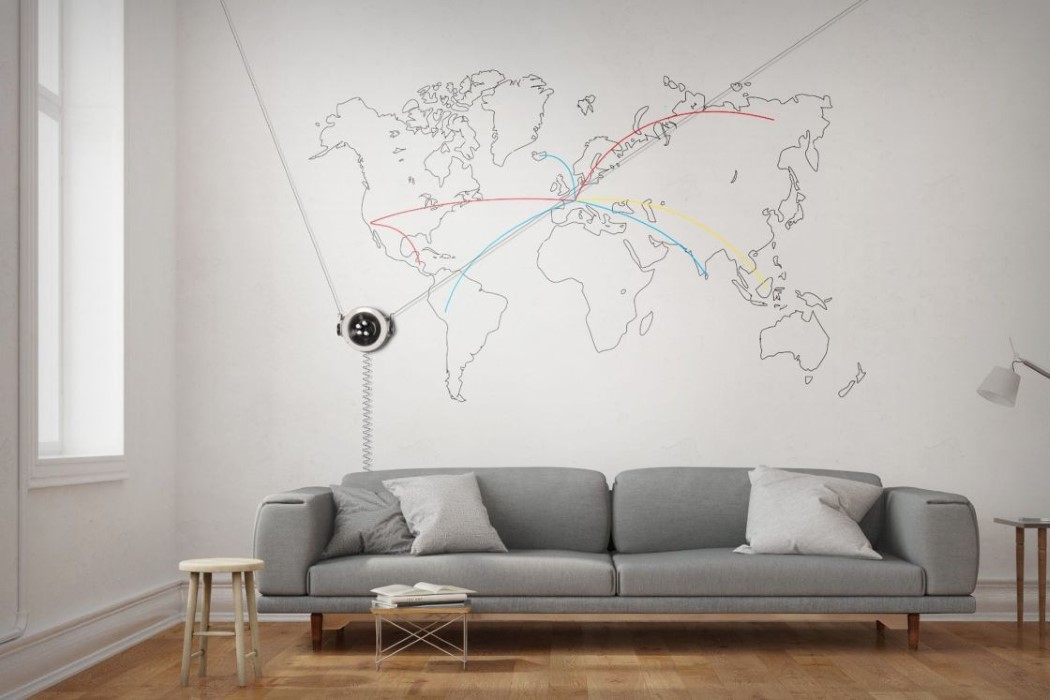
Carlo Ratti’s Scribit is a small printer with big ambitions and the ability to take on the biggest canvases possible. Scribit is a robot that allows users to draw on walls, whiteboards, pieces of glass, or plastered drywall. Suspending itself from the uppermost corners, the Scribit can pretty accurately track coordinates (like a delta 3D printer, but without the Z-axis) and create artworks on massive walls using the CMYK markers within its design. Using whiteboard markers to create complex artworks, the artworks can also be erased and replaced with new ones from time to time, allowing massive walls to turn into dynamic canvases for art, information, or advertisement.
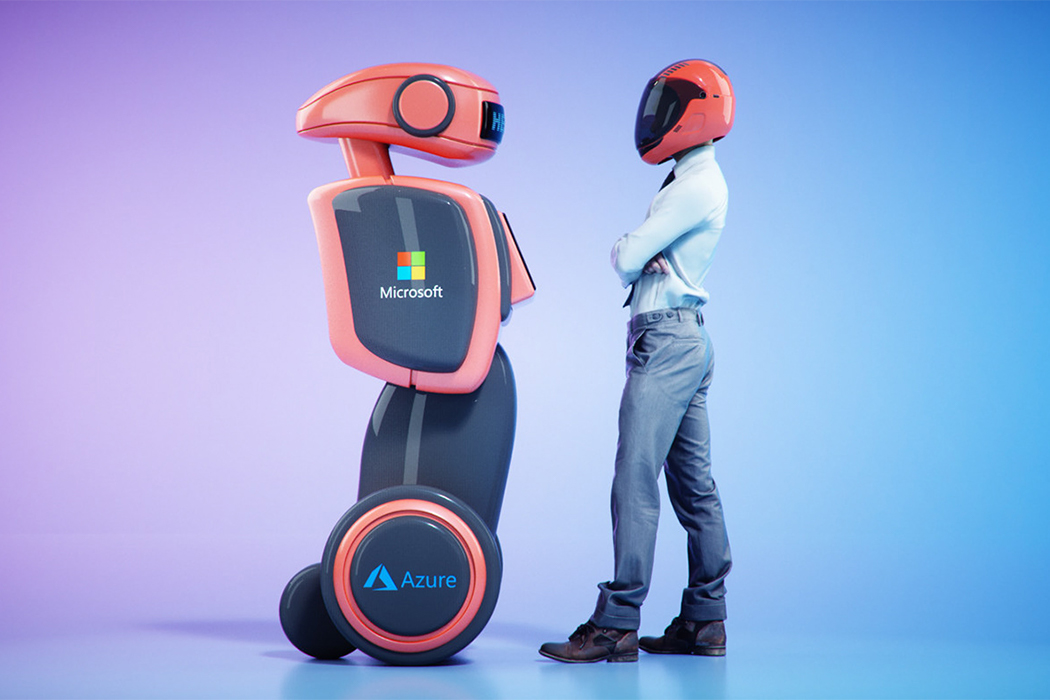
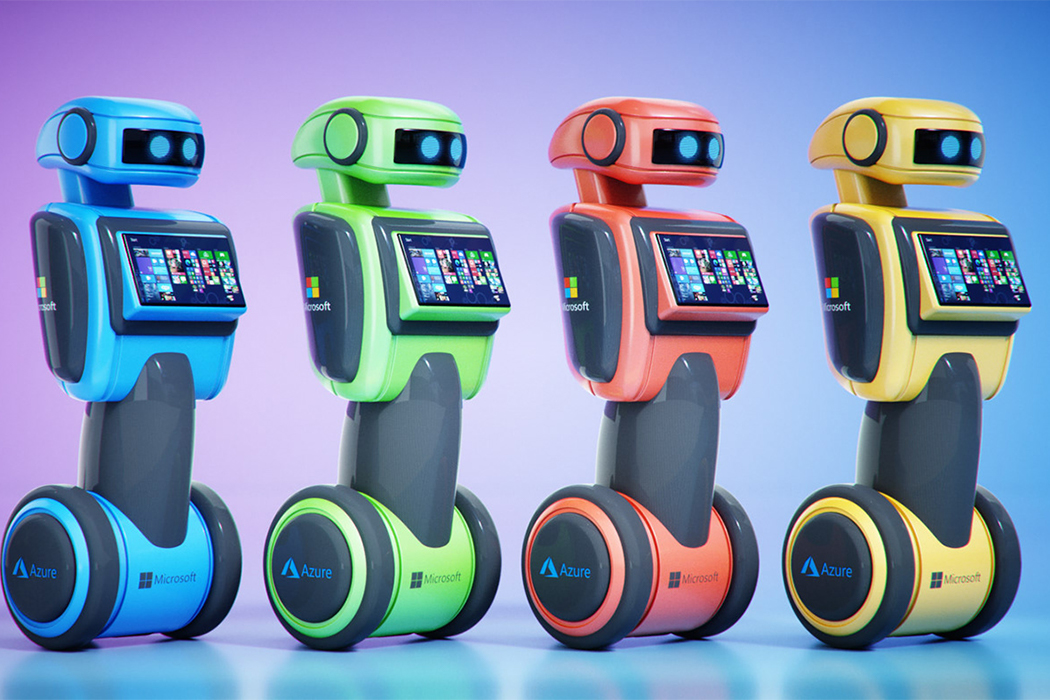
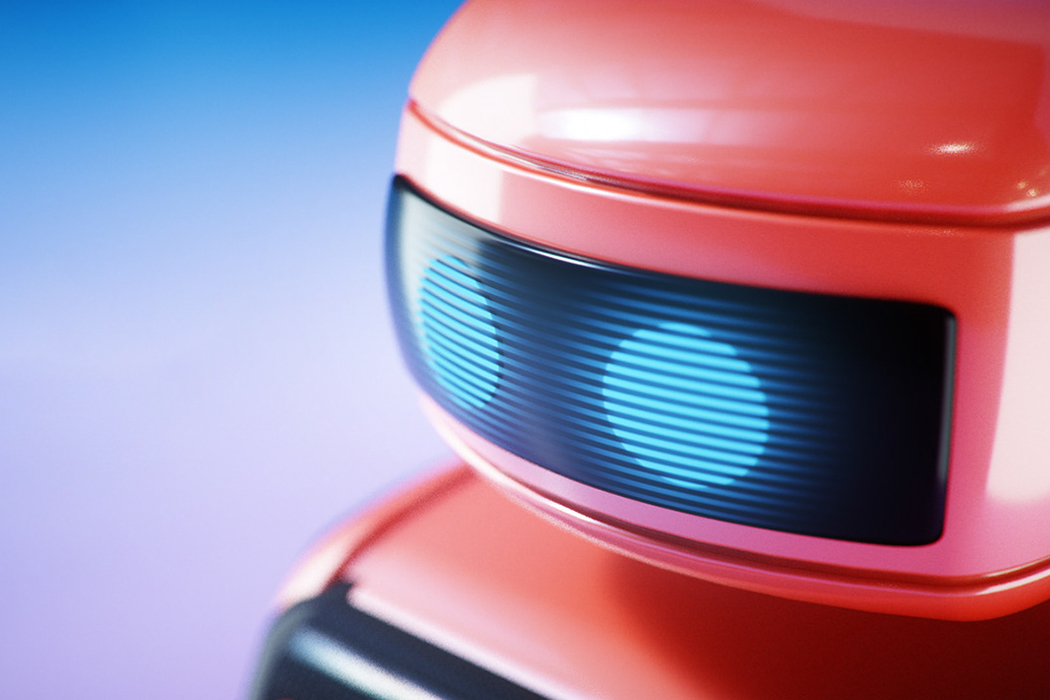
Mohamed Halawany’s Microsoft Azure Robot design was recently recognized by Behance for its intricate render and friendly, futuristic personality. Depending on what each situation needs, Azure, will compute real-time in the robot in order to deliver help with speed and without any latency. Azure is run by Artificial Intelligence that provides users with a customizable space to work, save, share, and connect through multi-functional, serverless software. Halawany’s robot renders for Microsoft Middle East, mimics the physical disposition of a human being, but operates through AI on a serverless, scalable platform. The main screen on Halawany’s rendering of a robot is the classic homepage for Microsoft users: a grid, lined with applications and software analytics, that organizes all a user might need in order to put the functions of an autonomous robot to use.
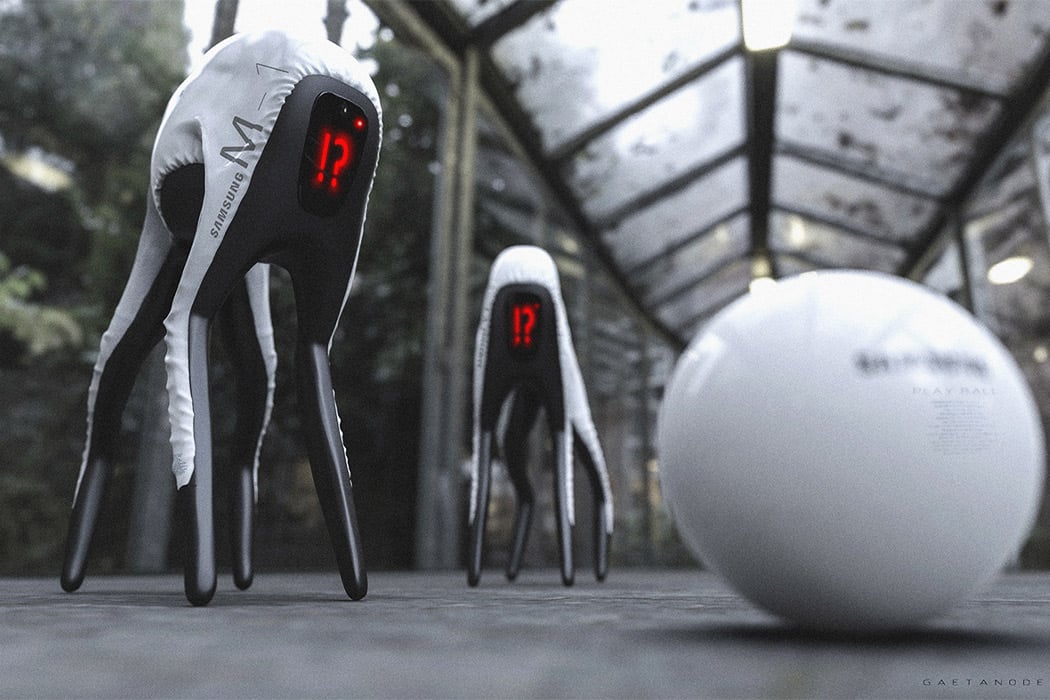
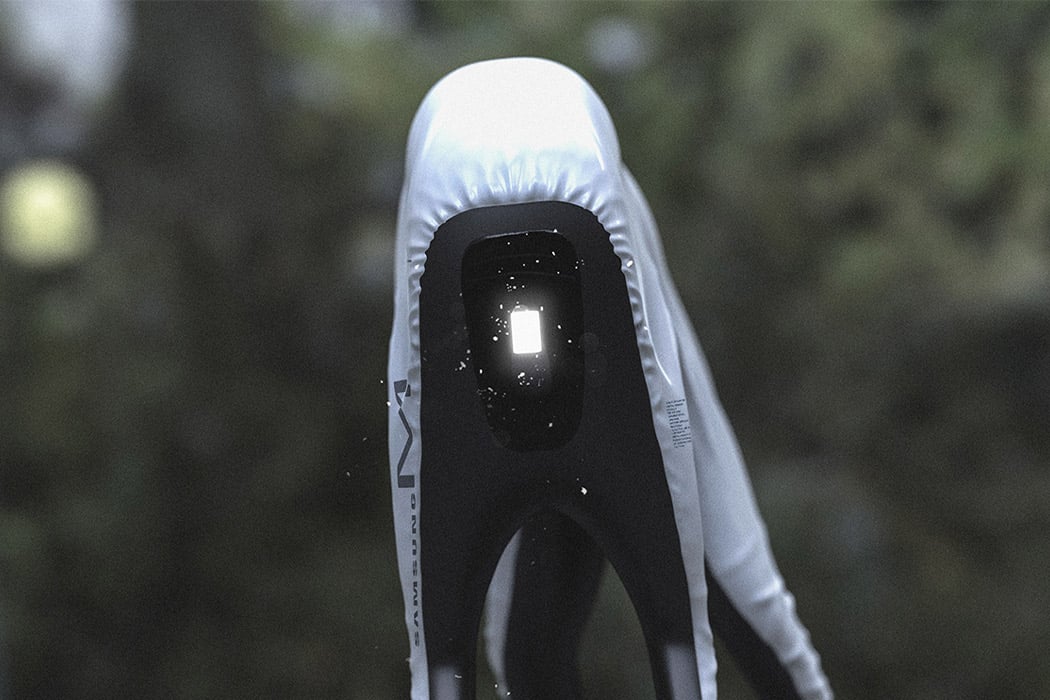
Dog bots will probably be a hybrid of a smart pet and a household assistant, I imagine features like security cameras for the eyes while still being sweet enough to bring you your newspaper and waking you up in the morning. Samsung’s dog bot concept by Gaetano De Cicco may have the benefit of being low maintenance, they won’t require mandatory walks on days when you’re sick or make you panic if you forget leaving their food out during emergencies. And as you can guess, they definitely won’t be troublesome during bath time. So for the future, it actually sounds like a practical option because AI will be able to mimic a dog’s behavior closely but what about our conditioned behavior towards dogs? This conceptual Samsung dog bot replaces the dog’s features with a screen, so instead of a confused head tilt the face aka screen of the robot will show you a question mark.
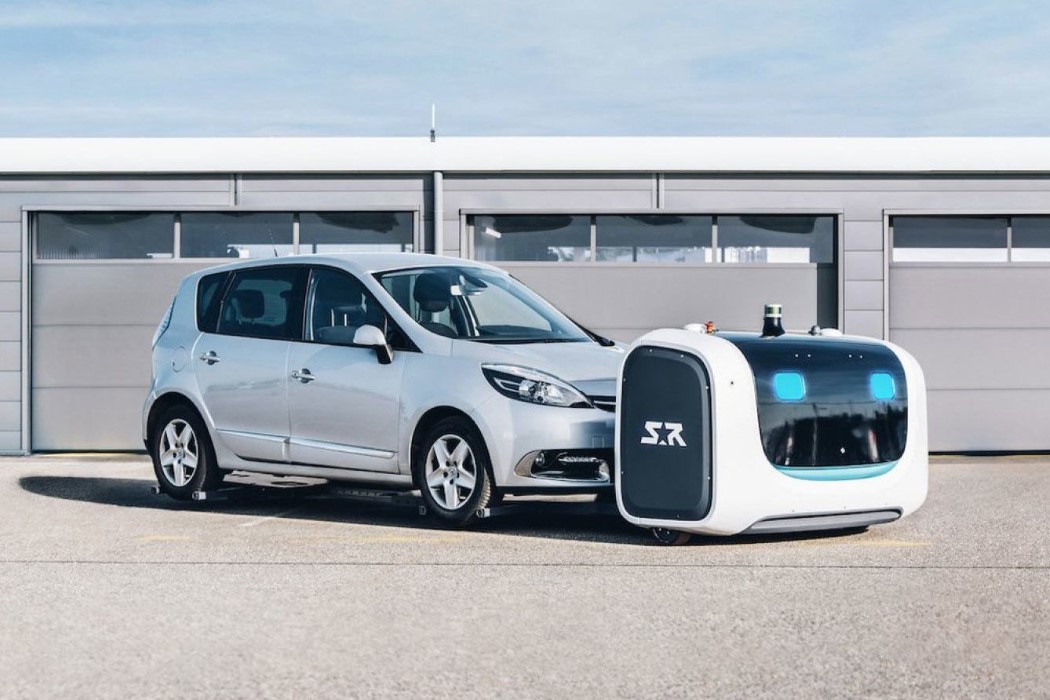
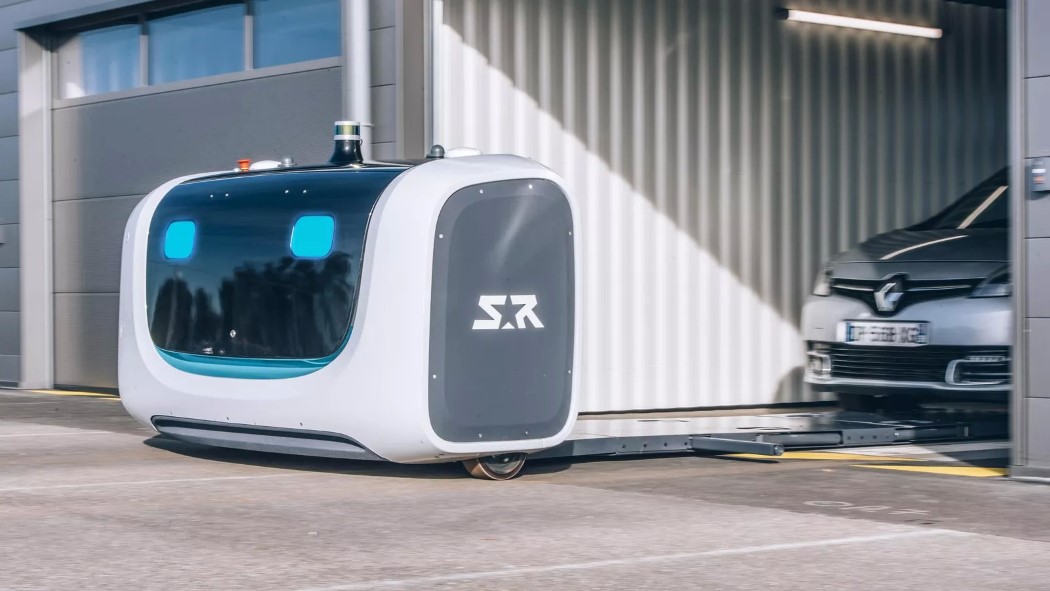
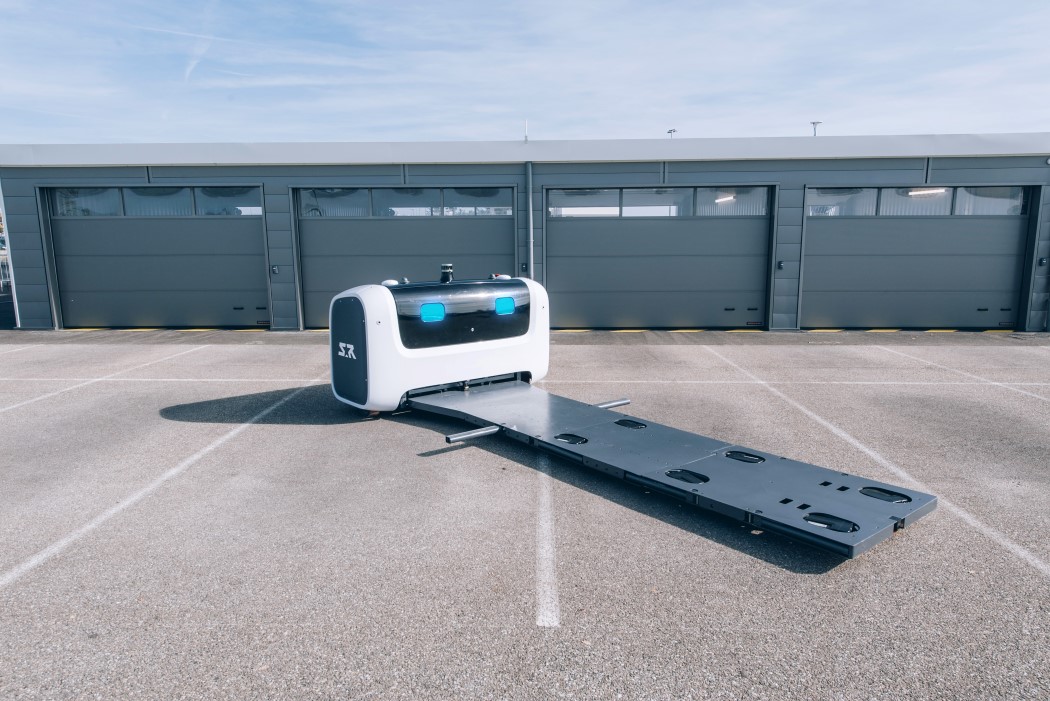
An airport in Lyon, France is debuting a robot designed by Stanley Robotics, which will latch onto your car and park it for you as you rush to board your flight. Given that parking your car on a tight schedule can often result in a loss of precious minutes, the Lyon Airport is relying on an army of car-parking bots that gently carry your car to the nearest vacant spot. The parking system is entirely powered by A.I. and requires no human assistance. It also means you save precious minutes instead of circling the parking lot looking for an empty space. Parking your car at the airport is relatively simple. Drive right into the parking bay and input your flight (and return) details into the kiosk beside the parking bay.
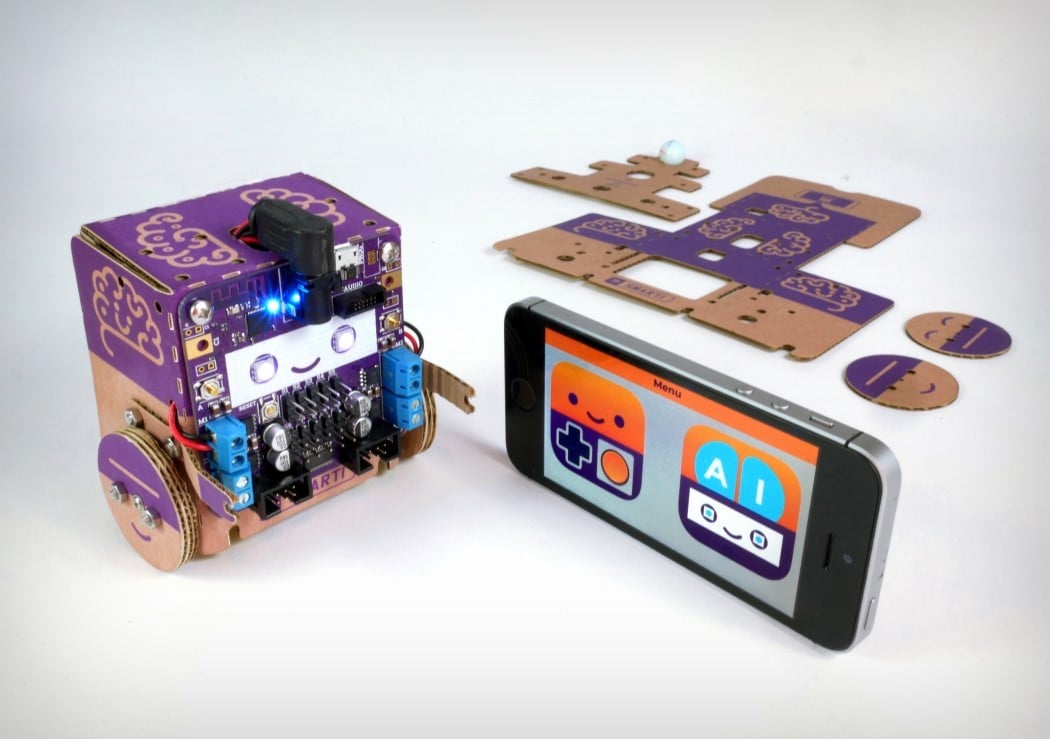
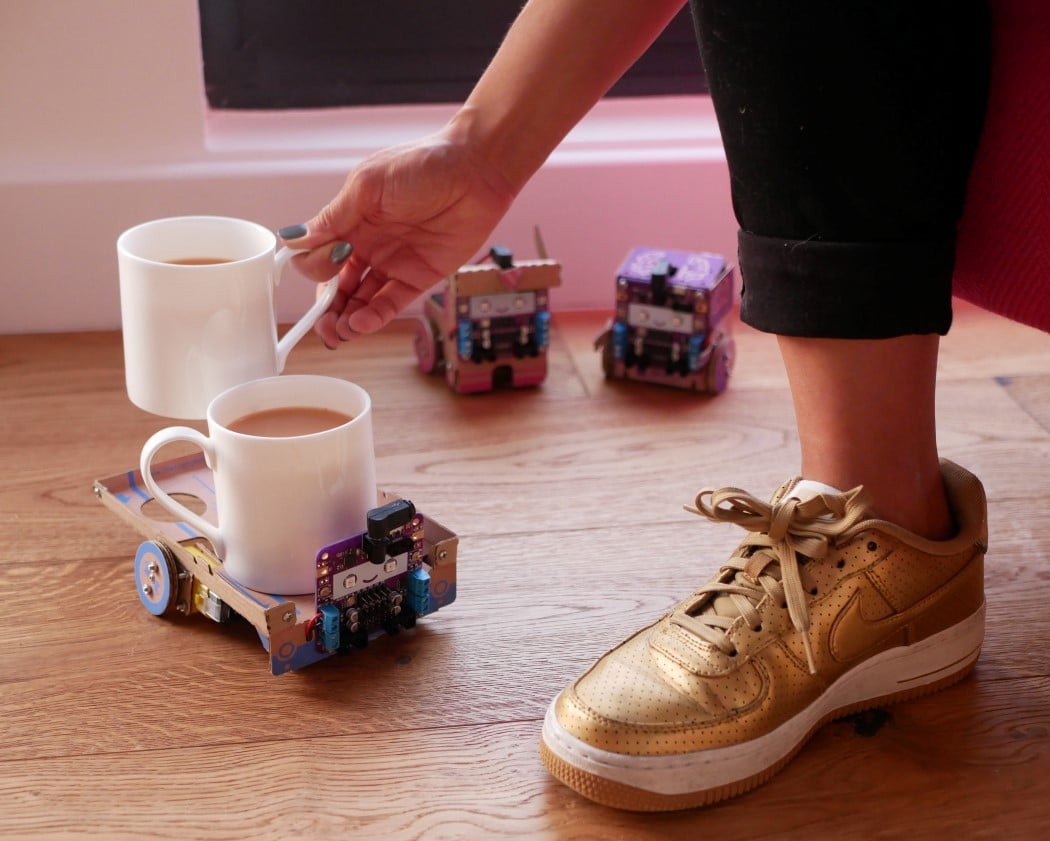
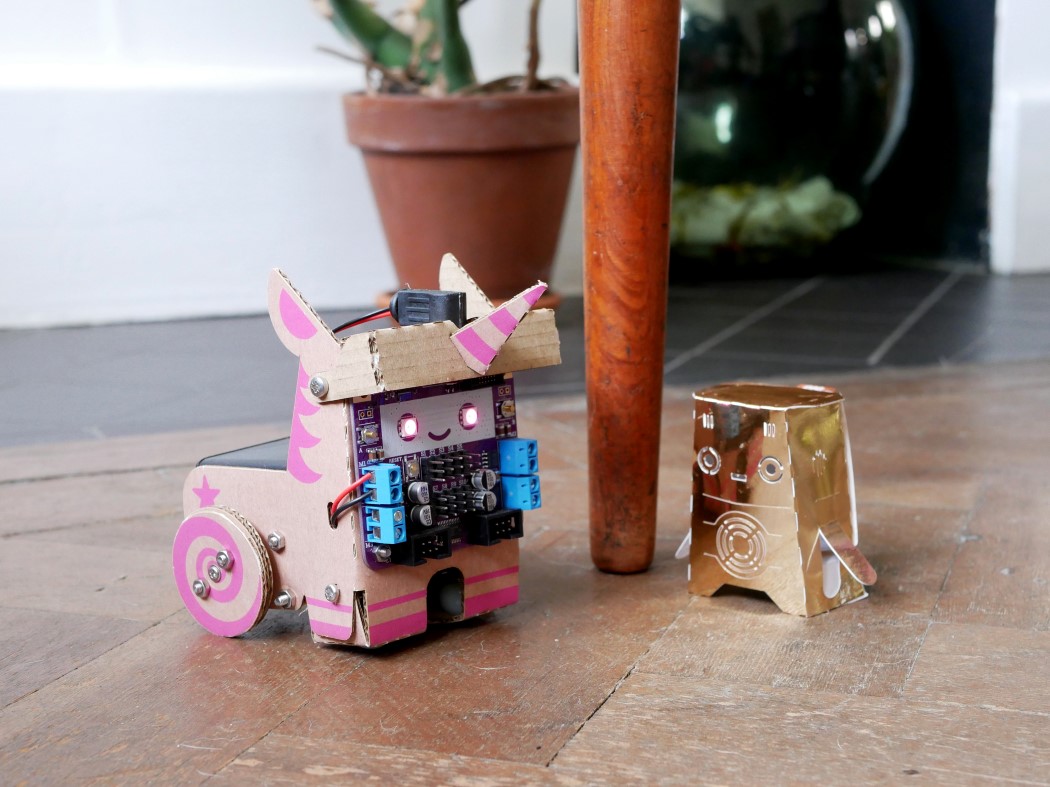
The Crafty Robot democratizes this technology and helping everyone have access to the tools to build robots that perform tasks as complex as detect objects and follow them, or as simple and pleasant as deliver your cup of tea to you. The $40 robot comes in three types. An A.I. Bot that you can assemble using the cardboard net provided, and mount your smartphone onto. The A.I. Bot taps into your smartphone’s camera, using it to detect moving objects in its vicinity and follow or chase them around (I imagine this would be great to try on tiny pets). A Teabot (yes that’s literally what it’s called) comes with a tray that can carry anything from cups of tea to glasses of mimosas around your house, using your smartphone as a remote control. A third variant, the Unicorn bot, exists only because unicorns and robots as a combination seem like it’s destined for greatness!
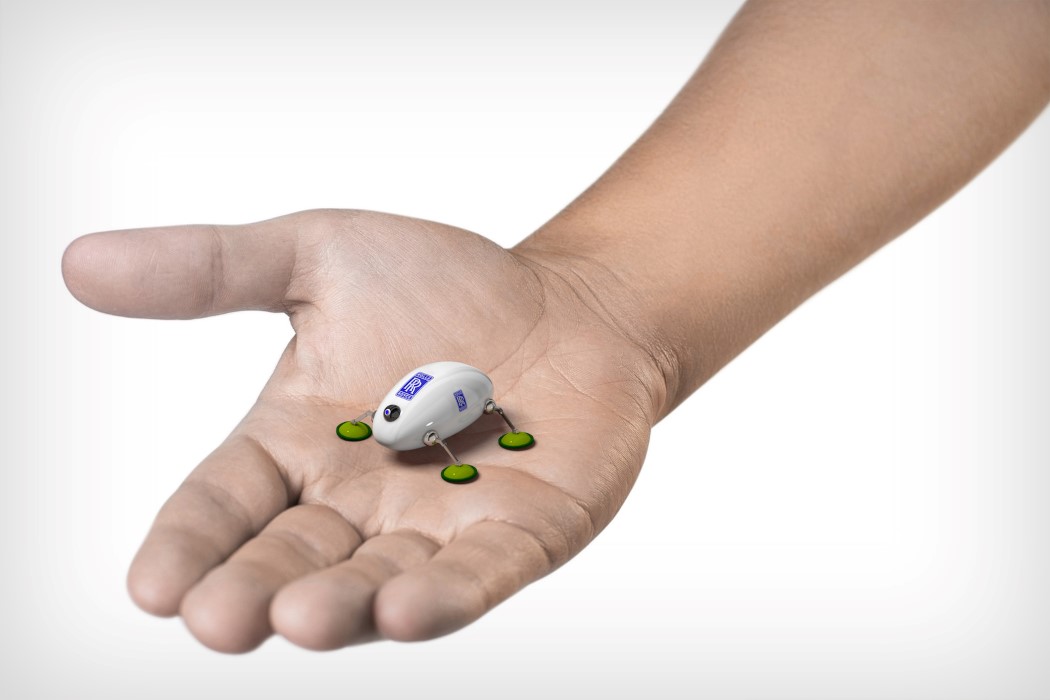
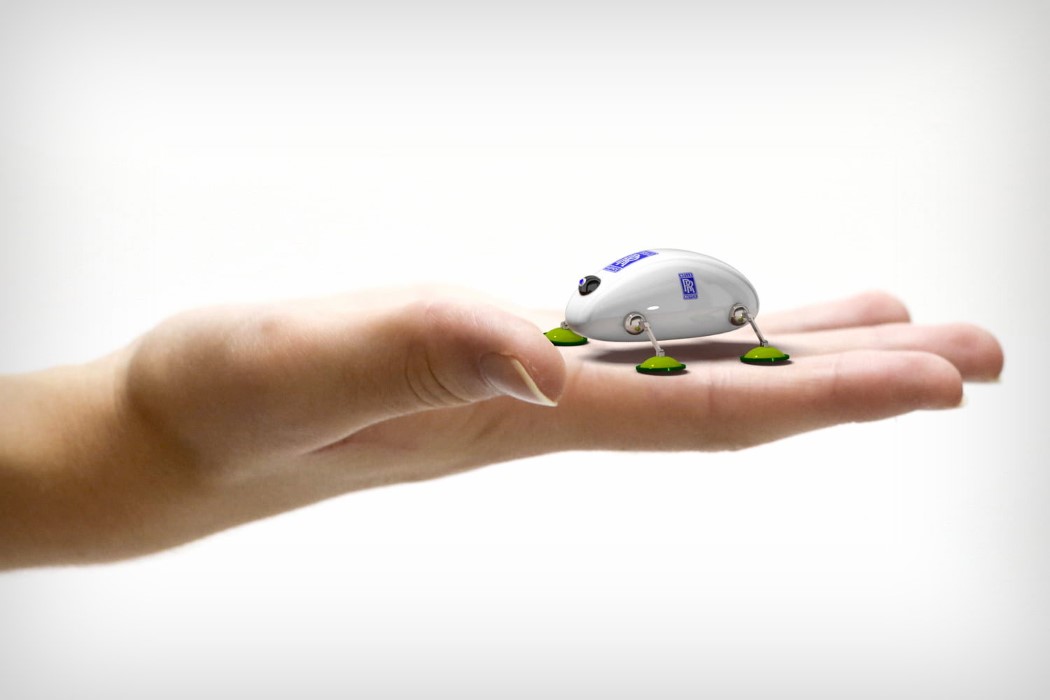
Rolls-Royce has designed tiny robots called SWARM that gets deployed within their jet engines to run reconnaissance and inspections. A part of RR’s IntelligentEngine program, the SWARM gets deployed into intricate parts of the engine, giving engineers real-time feedback on performance, wear-tear, etc. The visual data collected by these tiny robots would be used “alongside the millions of data points already generated by today’s engines as part of their Engine Health Monitoring systems.” They’ll work alongside snake-shaped INSPECT robots, providing inspection services, while remote boreblending robots will take on maintenance activities.
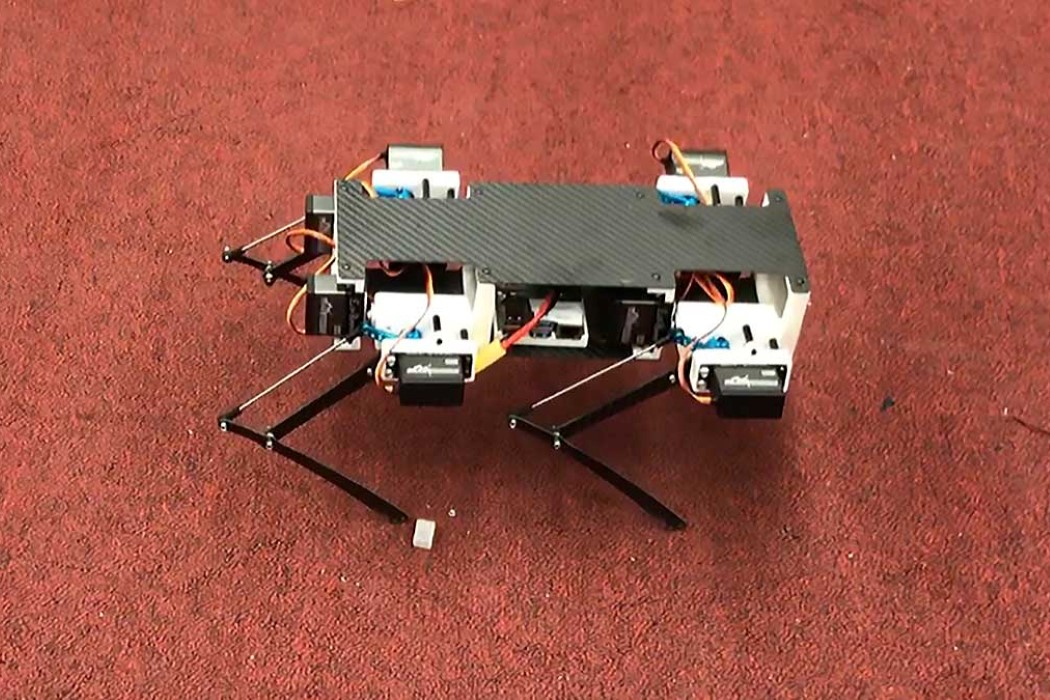
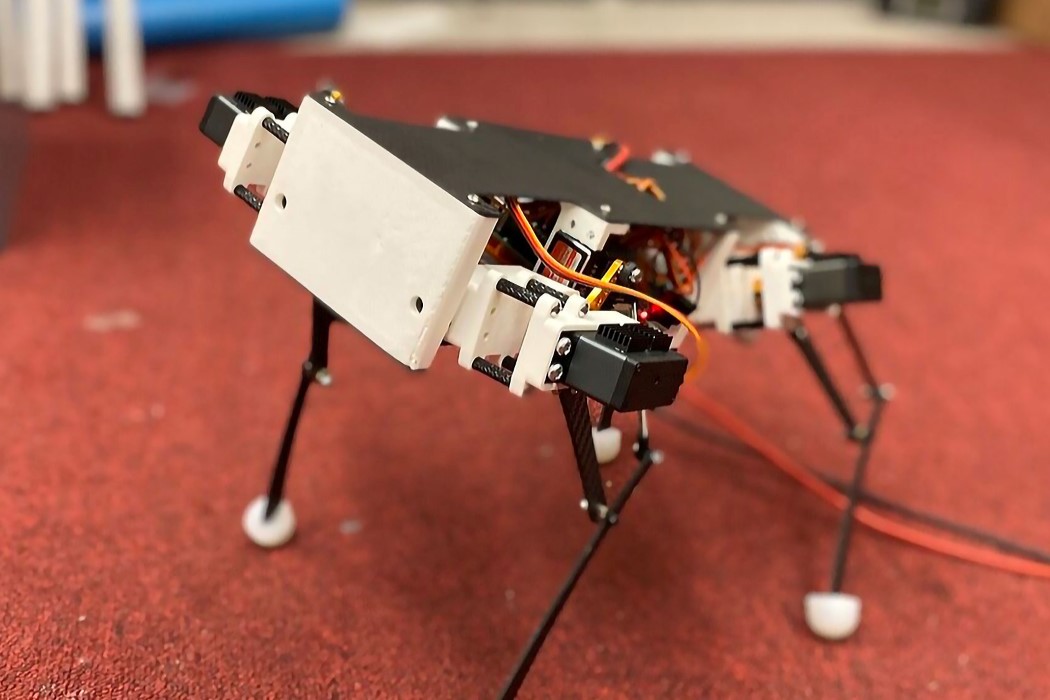
The Stanford Pupper Quadriped Robot requires a fair bit of technical expertise, though, and can take anywhere from 4-10 hours to build. The cost of building the robot depends partly on whether you have a few key elements. If you’ve got a Raspberry Pi 4 and a PS4 controller handy, things should be a breeze (resources and code can be found on links available on the Stanford Student Robotics website). You’ll also need a few elements for the frame, like a carbon fiber plate and a few 3D printed PLA parts, although the guys at Stanford make it easy by letting you buy the pre-fab parts from a website.
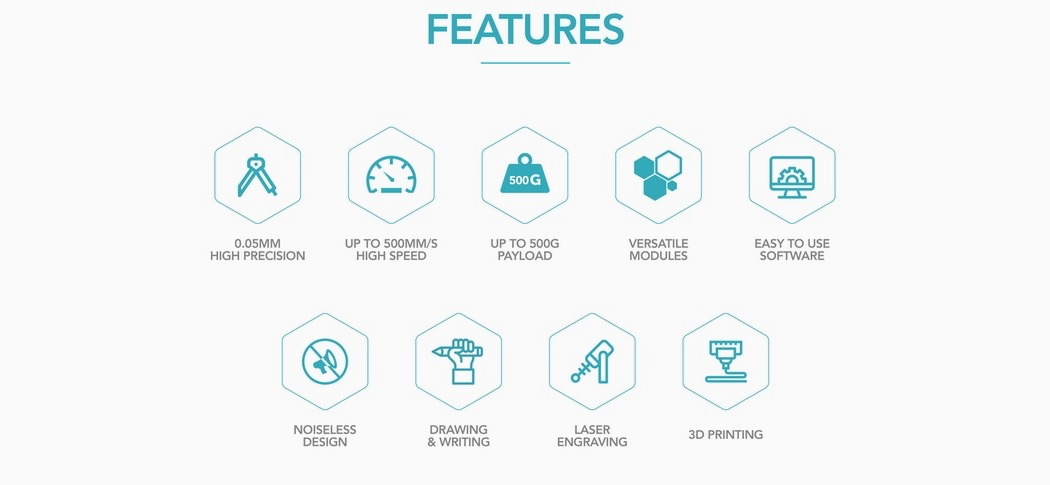
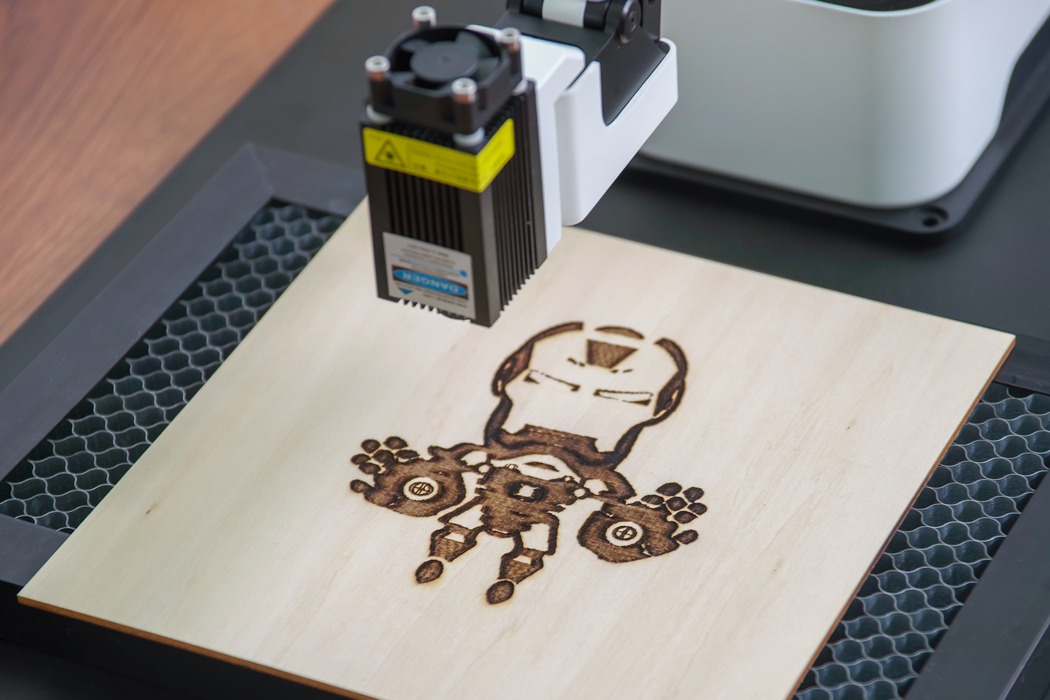
Every so often a product pops up that we can’t quite believe exists… and the incredible Hexbot is one of them! Hexbot is an all-in-one robot arm that is fit for anyone’s desktop. This interchangeable device can assist makers and designers in bringing their creations to life… and with insane precision! The modules satisfyingly clip onto the end of the arm, each offering a unique and usable function; from laser engraving, which allows for the creations of mesmerizing pieces of art or personalized gifts, right through to 3D printing, allowing your creations to come to life!
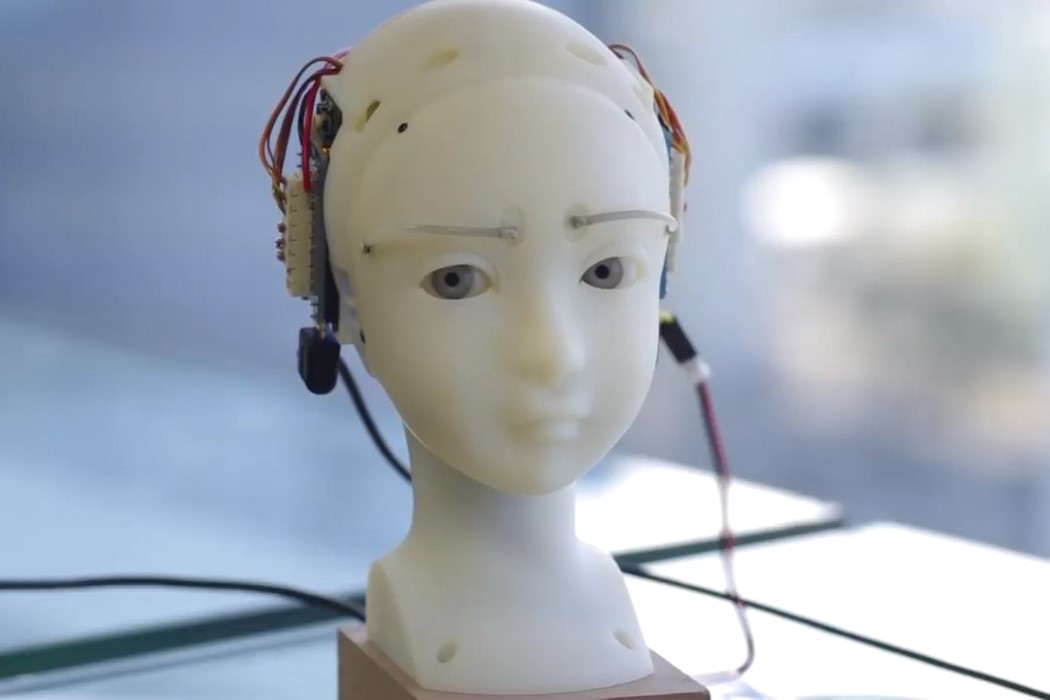
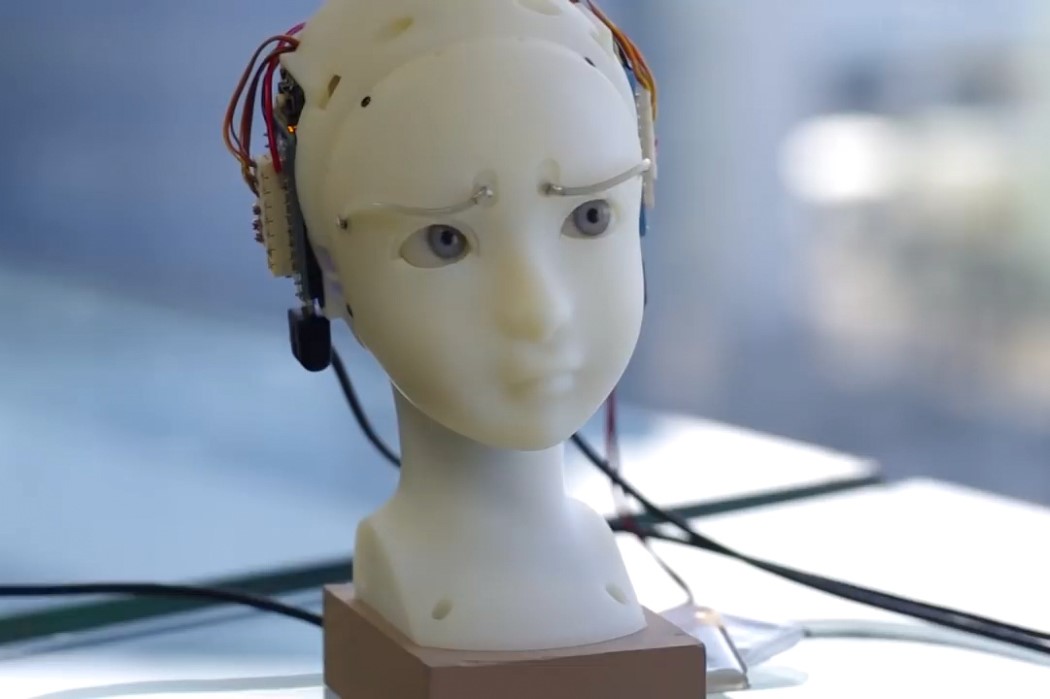
As far as robotics and 3D animation are concerned, the eyes are an extremely complex part only because they’re so expressive, that it’s a challenge to make them look believable, but the SEER (Simulative Emotional Expression Robot) seems to have cracked the surface of the problem. The humanoid robot Sophia may look like a human, but the minute she begins looking around or talking, you immediately notice that something’s off. Sophia’s eyes and eyebrows don’t move as naturally as ours do, but the SEER robot’s eyes are so damn expressive, you tend to forget you’re looking at mechanics and you instantly tend to lower your guard around it. SEER’s eyes look human, and more importantly, feel innocent, and real.



